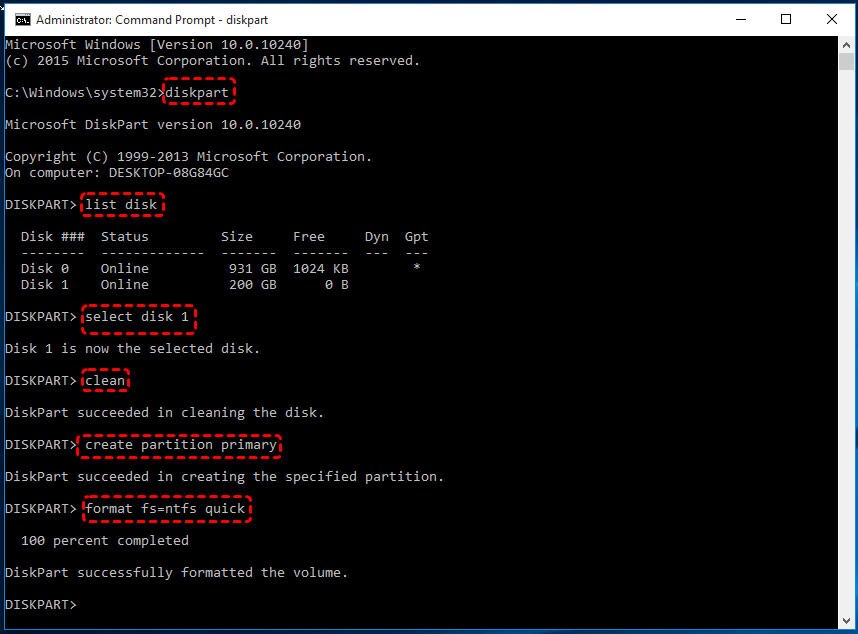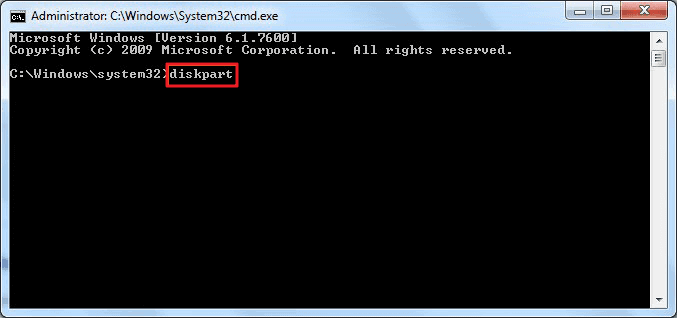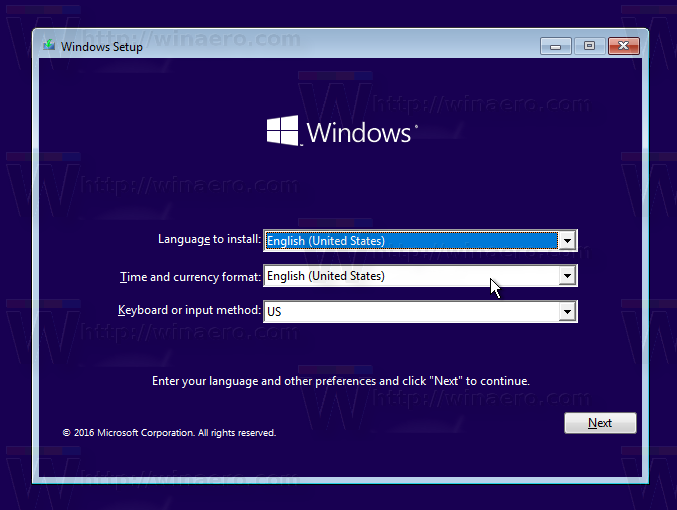


There are chances to recover it until the specific sectors are actually overwritten. When you format a USB drive, the data is still here, just can’t be accessed by the operating system. Wipe a USB drive with specialist software safelyīefore starting, it should be clear that formatting or deleting is not the same as wiping. Among them, Method 3 is the most secure one. Since the ordinary means of deletion cannot erase all the files on USB permanently, what’s the best way to wipe a USB drive on Windows 10/8/7? Here are several ways that you can use to clean a flash drive or an external hard drive. How to wipe a USB drive completely (3 methods) If you really want to avoid such worries, it’s a must-do to completely wipe your USB flash drive or hard drive. On the other hand, when you reuse an USB drive or purchase a second-hand device, you may also be concerned about legacy data, viruses, or even surveillance software. Even worse, the data that has been manually deleted can be retrieved with recovery tools easily. It’s not hard to image how catastrophic this would be. might be transparent to deliberate snoopers. According to a study from Comparitech, a significant percentage of people do not properly erase all the data before throwing away their USB drives, and a small percentage do not even make an attempt.Īs a result, the leftover files including business documents, job applications, private photos, ID scans, receipts, etc. The device that is now gone from the list is your USB device.Want to discard, resell, or give away a USB drive? Then you must be extra careful with the data issue. Note: If you are unsure of the drive designation, unplug the USB drive temporarily before running the df command again.

In this example, the USB drive is /dev/sdb1. Locate the USB in the list and find the corresponding device. The terminal prints out a list of all mounted partitions and relevant information: used space, available space, used space percentage, and the path. Open the terminal and run the following command: df

Unmounting and formatting the USB drive.įollow the instructions below to format a USB drive using the terminal.The easiest and fastest way to format a USB drive in Linux is through the terminal. Windows, Mac, Linux (requires extra drivers to access) Windows, Mac (read-only), most Linux distributionsįor internal drives and Windows system files Their main features and differences are: File System The most commonly used file systems when formatting a USB drive are: There are many file systems in use, differing by maximum file size and operating system compatibility. Which File System to Use for USB Formatting? A user account with sudo/root privileges.


 0 kommentar(er)
0 kommentar(er)
